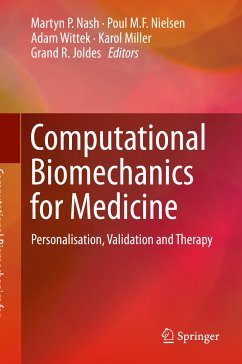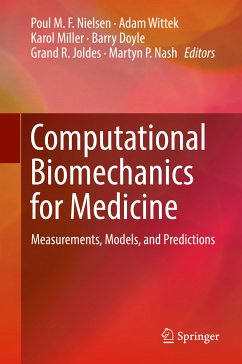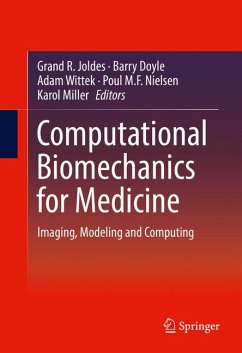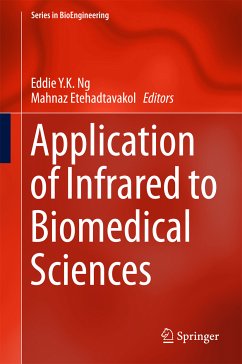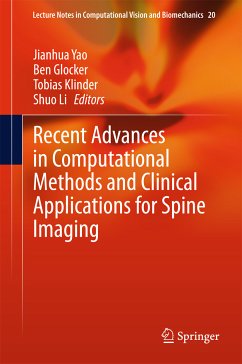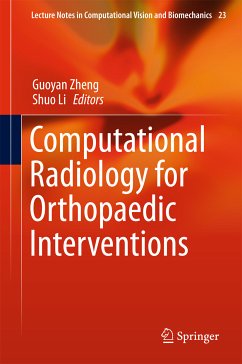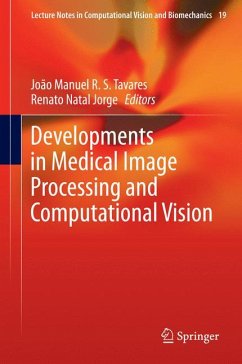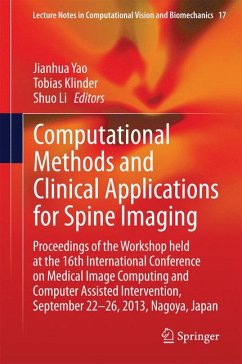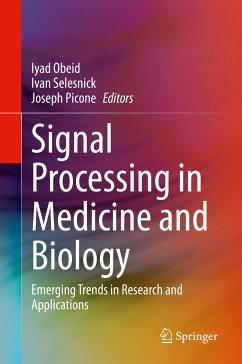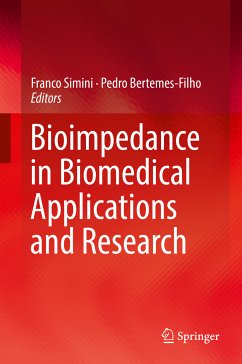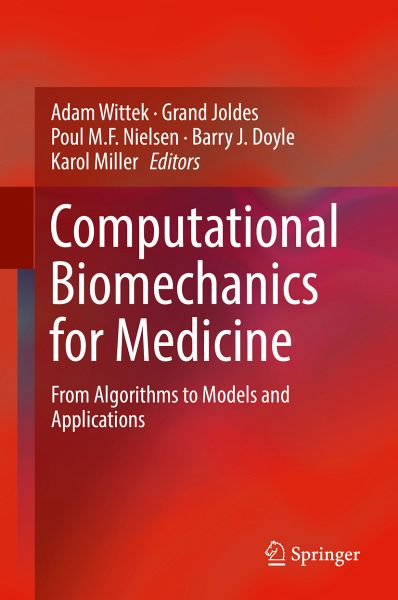
Computational Biomechanics for Medicine (eBook, PDF)
From Algorithms to Models and Applications
Redaktion: Wittek, Adam; Miller, Karol; Doyle, Barry J.; Nielsen, Poul M. F.; Joldes, Grand
Versandkostenfrei!
Sofort per Download lieferbar
160,95 €
inkl. MwSt.
Weitere Ausgaben:

PAYBACK Punkte
80 °P sammeln!
This volume comprises the latest developments in both fundamental science and patient-specific applications, discussing topics such as: cellular mechanics; injury biomechanics; biomechanics of heart and vascular system; medical image analysis; and both patient-specific fluid dynamics and solid mechanics simulations. With contributions from researchers world-wide, the Computational Biomechanics for Medicine series of titles provides an opportunity for specialists in computational biomechanics to present their latest methodologies and advancements.
Dieser Download kann aus rechtlichen Gründen nur mit Rechnungsadresse in A, B, BG, CY, CZ, D, DK, EW, E, FIN, F, GR, HR, H, IRL, I, LT, L, LR, M, NL, PL, P, R, S, SLO, SK ausgeliefert werden.



